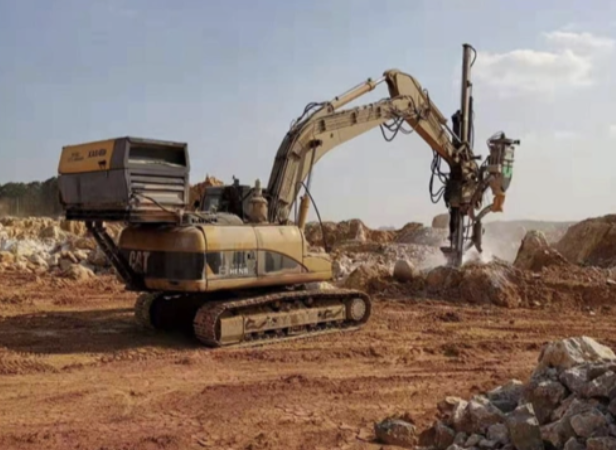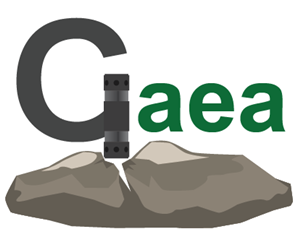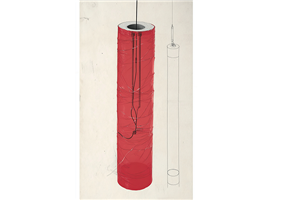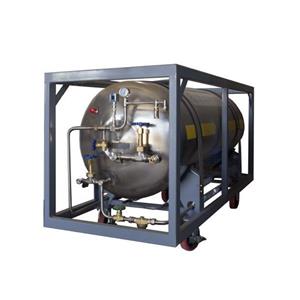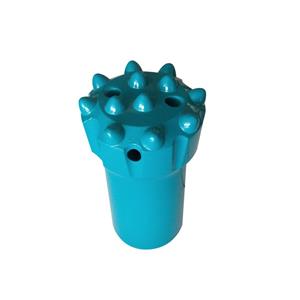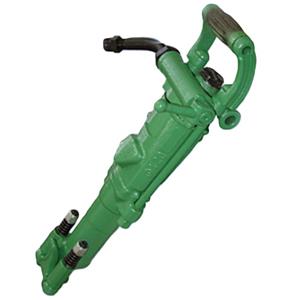Is the flushing head of your rock drilling rig “on strike”? 3 hidden root causes many only notice after a failure
In mining, tunnel excavation and similar works, the rock drilling rig is an indispensable tool. The seemingly minor flushing head actually carries two core tasks: keeping the water seal in the correct position and supporting the stop ring so it can work properly.
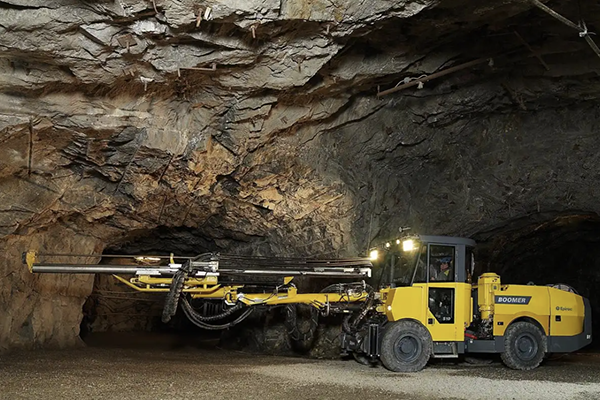
Made from high‑strength, corrosion‑resistant steel, the flushing head should be highly durable. In practice, however, premature failures are frequent — not only delaying schedules but also greatly increasing maintenance costs.
Below we break down the three main root causes of flushing‑head failure — the last one is overlooked by about 90% of people.
Operator error: improper operation that causes “fatal” damage
Common mistake Continuously engaging the impact function when the rig is at low feed, no feed, or reverse feed (back‑reaming/backing off).
Failure mechanism The impact piston’s large blows are transferred through the stop ring directly to the front of the flushing head, subjecting it to overload stresses beyond its design limits. This leads to crack formation and even direct fracture.
Warning This is equivalent to forcing a precision component to bear repeated over‑load impacts and is a primary trigger of sudden flushing‑head failure.
Corrosion attack: the hidden “killer” that slowly undermines durability
Environmental cause Long‑term operation in flush water containing corrosive substances (for example, acidic mine wastewater or saline construction water).
Failure progression
Corrosive agents gradually penetrate the metal surface, forming micro‑cracks that are hard to see with the naked eye.
With continued operation the cracks grow and the metal’s structural integrity is compromised.
Eventually the flushing head loses its load‑bearing capacity and fails completely.
Characteristic Corrosion is slow and insidious — like the “boiling frog” — and by the time it’s noticed it is often irreparable.
Shank adapter guide sleeve failure: the most easily overlooked source of a chain reaction
Causal chain Although the shank adapter guide sleeve does not directly perform the flushing head’s core functions, its condition directly affects flushing‑head life:
Excessive wear of the shank adapter guide sleeve → the shank vibrates violently during rotation;
Shank vibration → continuous rubbing against the inner bore of the flushing head, accelerating bore wear;
Increased risk → the chance of shank fracture rises sharply, and broken pieces can strike the flushing head and cause far worse damage.
Key reminder This hidden hazard is easily ignored on site. Once it develops it can involve other core components and lead to secondary damage.
Flushing‑head failure is not accidental but the result of multiple interacting factors: operation practices, working environment, and the condition of related components. To extend service life, follow these three recommendations:
Strictly enforce correct operating procedures and avoid over‑load impacts.
Implement targeted anti‑corrosion measures (for example, use neutral flushing water and perform regular anti‑rust treatments).
Regularly inspect the shank adapter guide sleeve and other related parts, and promptly replace worn components.
In construction, attention to detail determines efficiency and cost. Good daily maintenance reduces failures at their source and helps keep projects moving smoothly.
